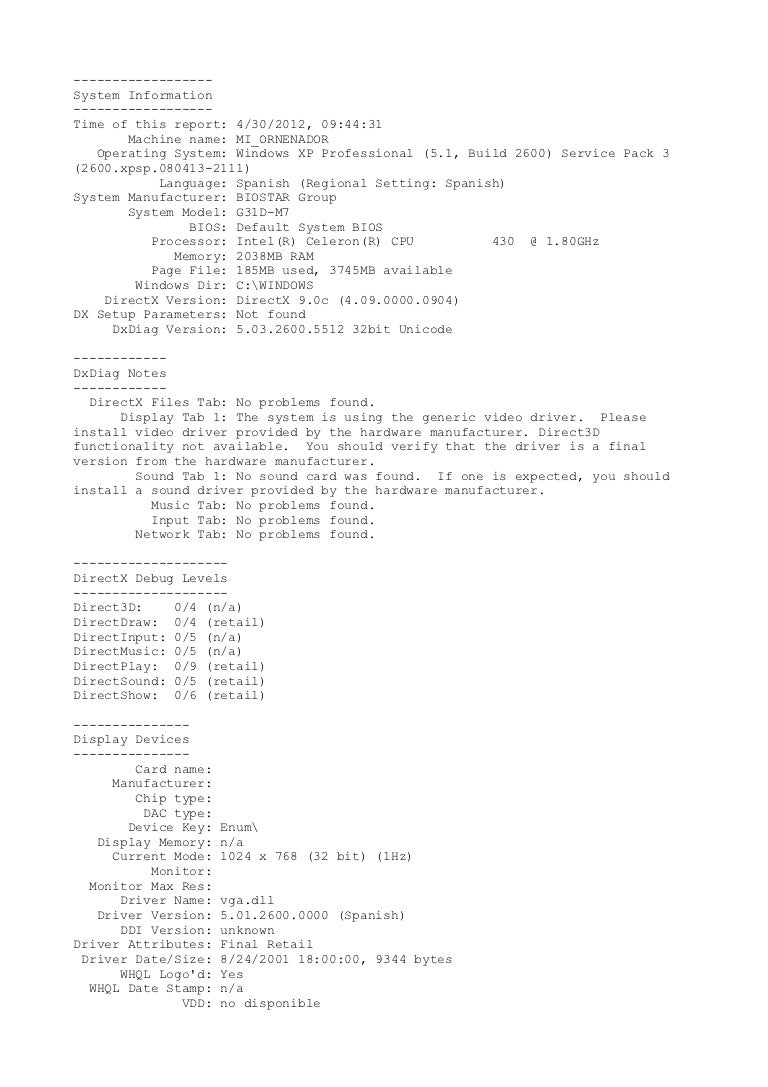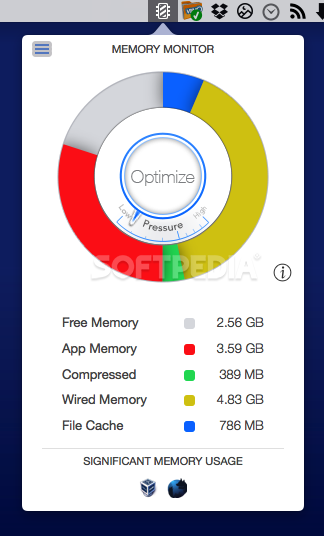

Starting with Windows 8 / Server 2012 the “Automatic” option is a great way to get a Kernel memory dump. Of the various memory dump styles “Kernel” is often the best balance between size and usefulness. Step 1: Configure the Automatic (or Kernel) memory dump setting and page file I am writing this post because I recently found that my customers and I needed a quick “try this first” reference for ordinary PCs and servers ( ). These cover many more options, edge cases, virtualization and so on.

Exhaustive documentation exists at and linked friends. If you are thinking to yourself now, “what about live remote kernel debug?”, or “what about subtle differences between binary versions”, or “page file sizes are a many-nuanced topic” you are not wrong-you are just reading the wrong post. The problem is likely to happen again in the future so you have a chance to configure the machine for next time.The machine becomes unresponsive (but doesn’t crash to a blue screen) such that you cannot use other diagnostic tools.If you can generate the memory dump before calling Microsoft support you might speed up your diagnosis. If you have a machine which freezes you may need to generate a memory dump in order to find the cause. My job is to make Windows sing (figuratively) in large enterprises. First published on TechNet on Apr 05, 2015


 0 kommentar(er)
0 kommentar(er)
